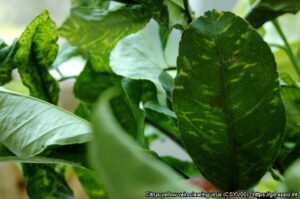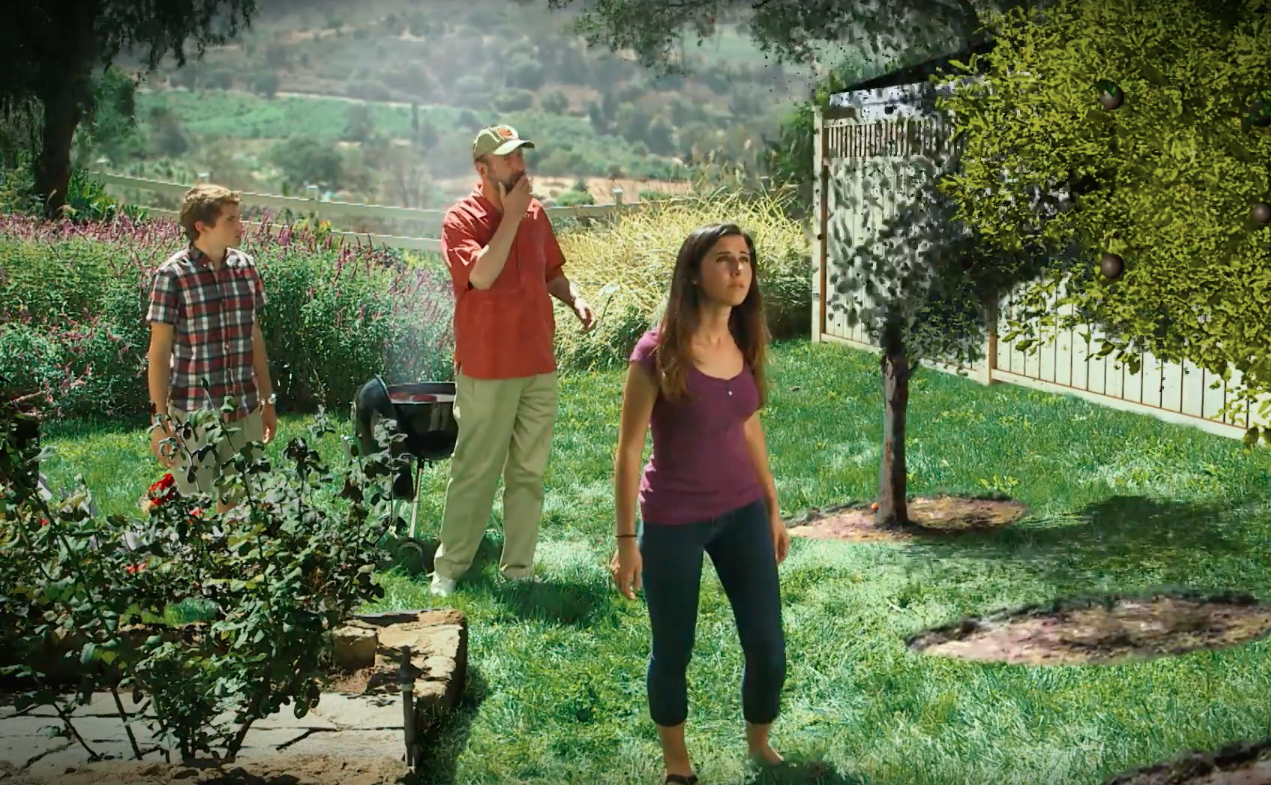Update on Citrus Yellow Vein Clearing Virus
By Citrus Insider
Two new detections of citrus yellow vein clearing virus (CYVCV) have been confirmed in rural residential citrus trees in the city of Visalia in Tulare County. The detections resulted from an ongoing survey and sampling activities conducted by the California Department of Food and Agriculture (CDFA). CYVCV had previously been confirmed in the city of Tulare, also in Tulare County.
CDFA staff have been conducting survey and sampling activities of CYVCV host plants in Tulare County on residential properties throughout the area to determine the extent of the disease and potential impacts, and surveys will be ongoing for the near future. Survey results – along with CDFA’s robust pest prevention system that focuses on exclusion and monitoring, as well as CDFA and the U.S. Department of Agriculture’s (USDA) experience responding to other vectored disease threats – will be critical in developing an appropriate joint regulatory response.
CYVCV can be spread by vectors as they move from tree to tree, feeding on foliage. The vectors include citrus whitefly, green citrus aphid, melon or cotton aphid, and cowpea aphid, which are all known to be present in California. CYVCV can also be spread through the grafting and movement of infected propagative materials, rootstocks, or contaminated tools and equipment.
While there is no treatment for this disease, as of now, the best mitigation measure is to control the vector and sanitize tools and equipment. To the greatest extent possible, growers are encouraged to urge their field crews to clean and sanitize all their equipment thoroughly between jobs or when moving between groves.
For questions about CYVCV, please call the CDFA Pest Hotline at 1-800-491-1899 or contact your local Grower Liaison.



















